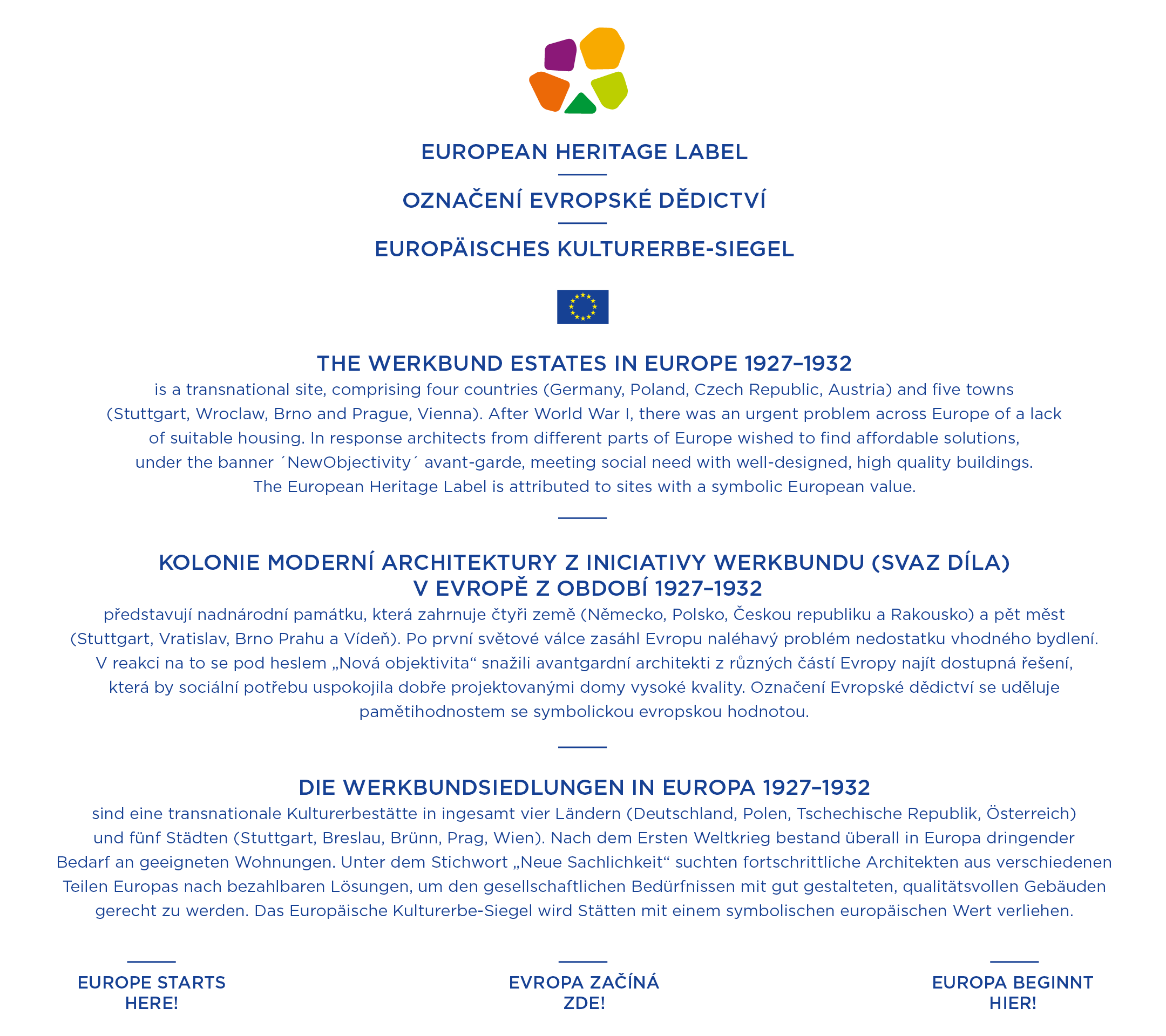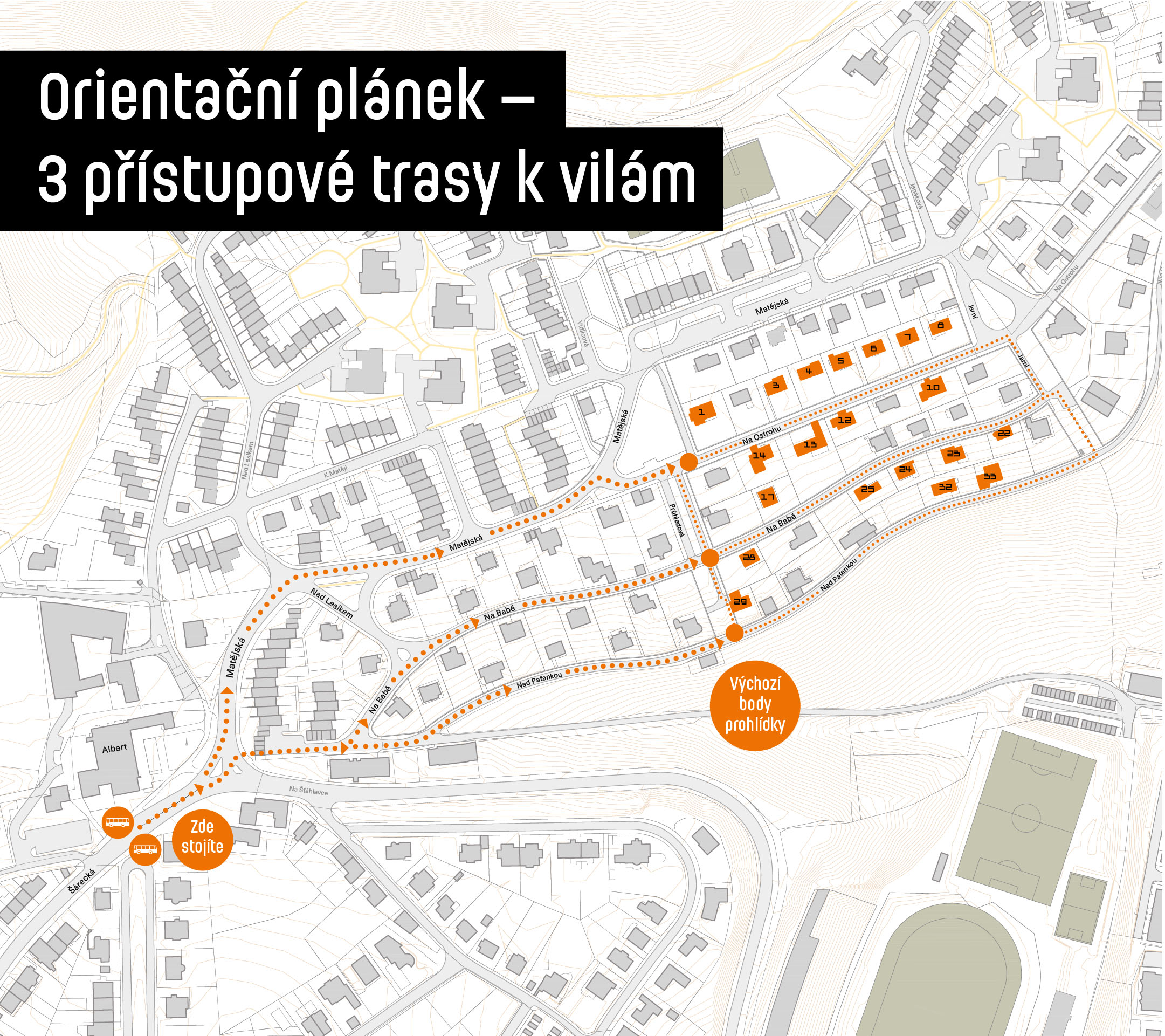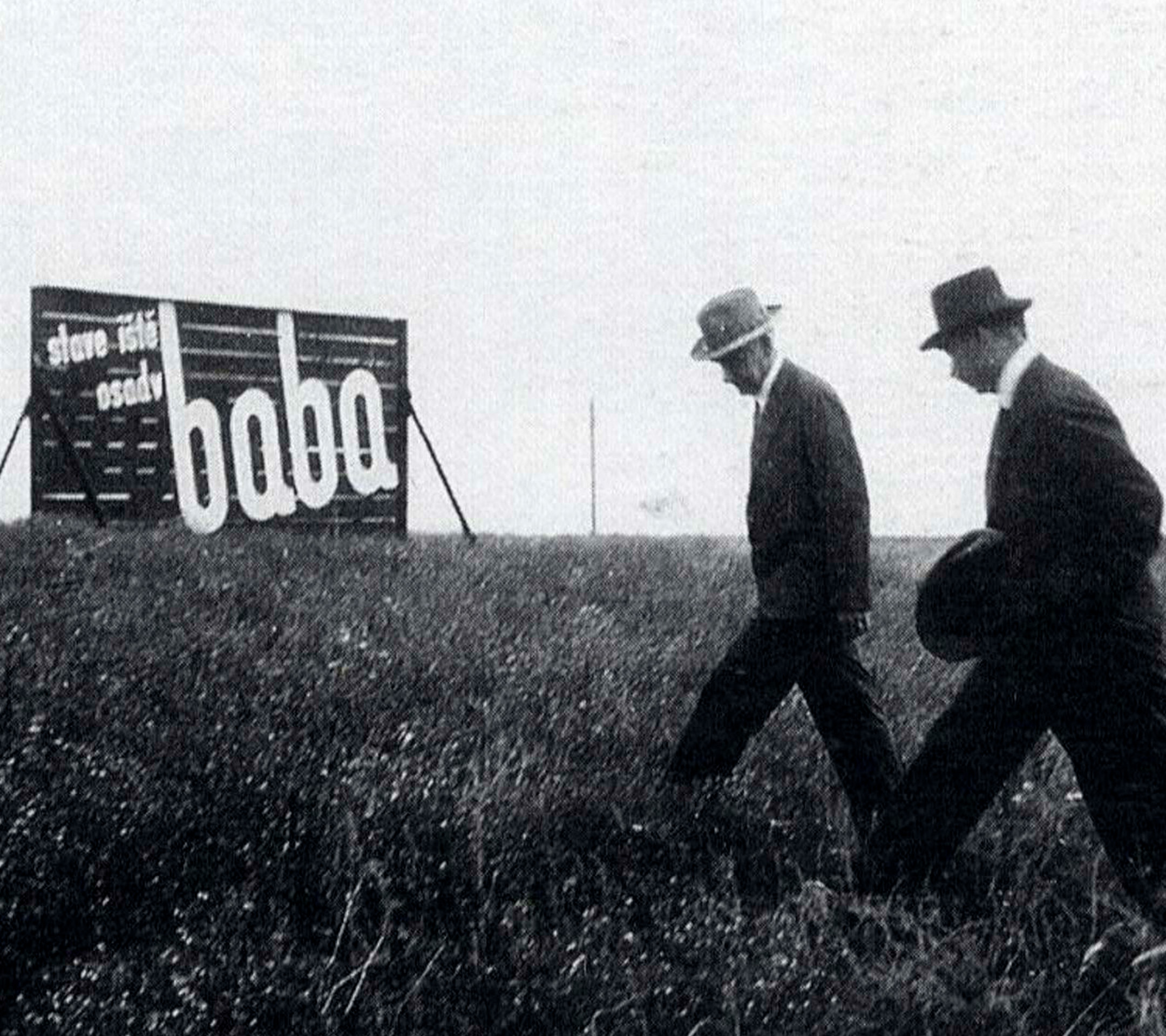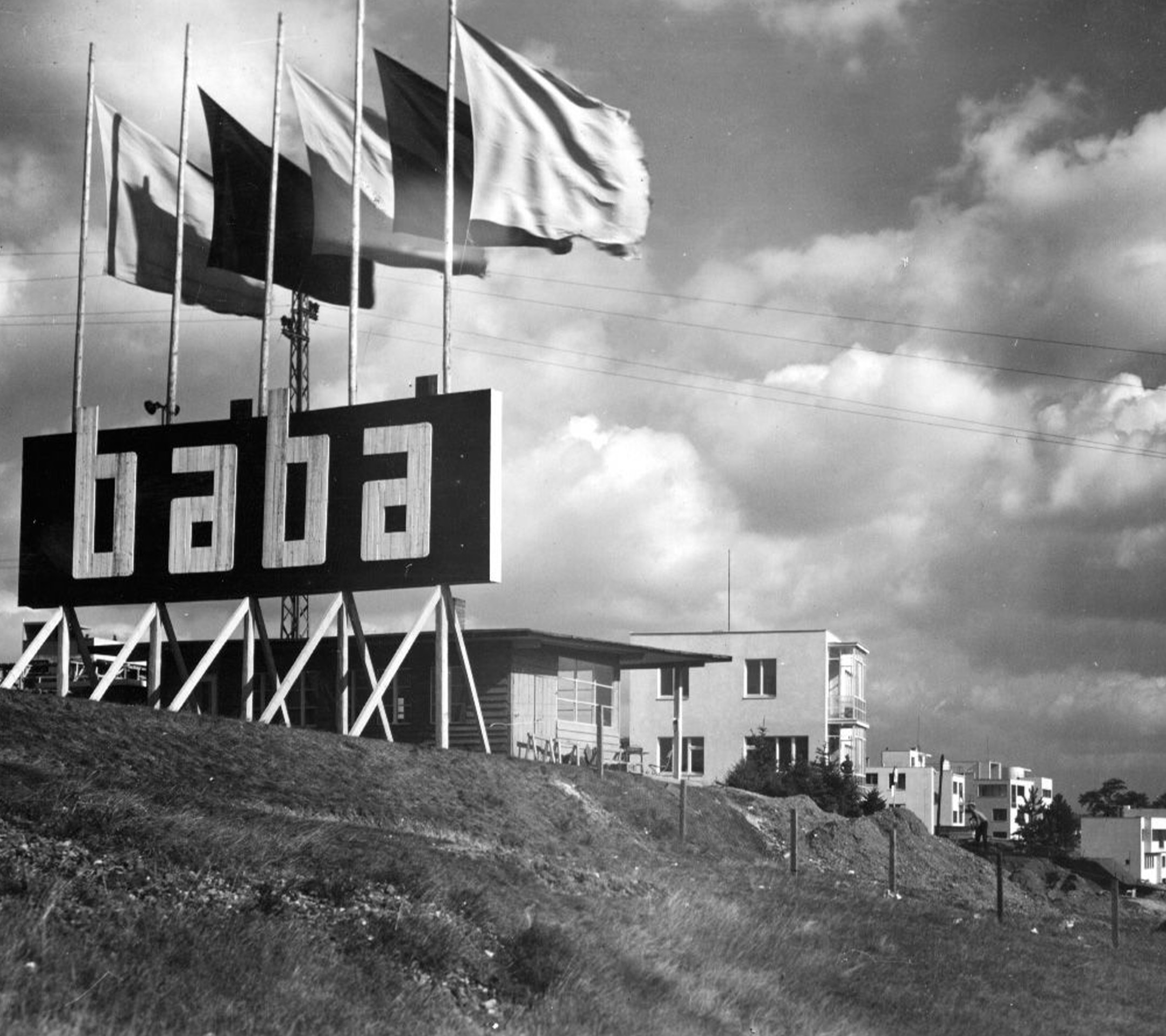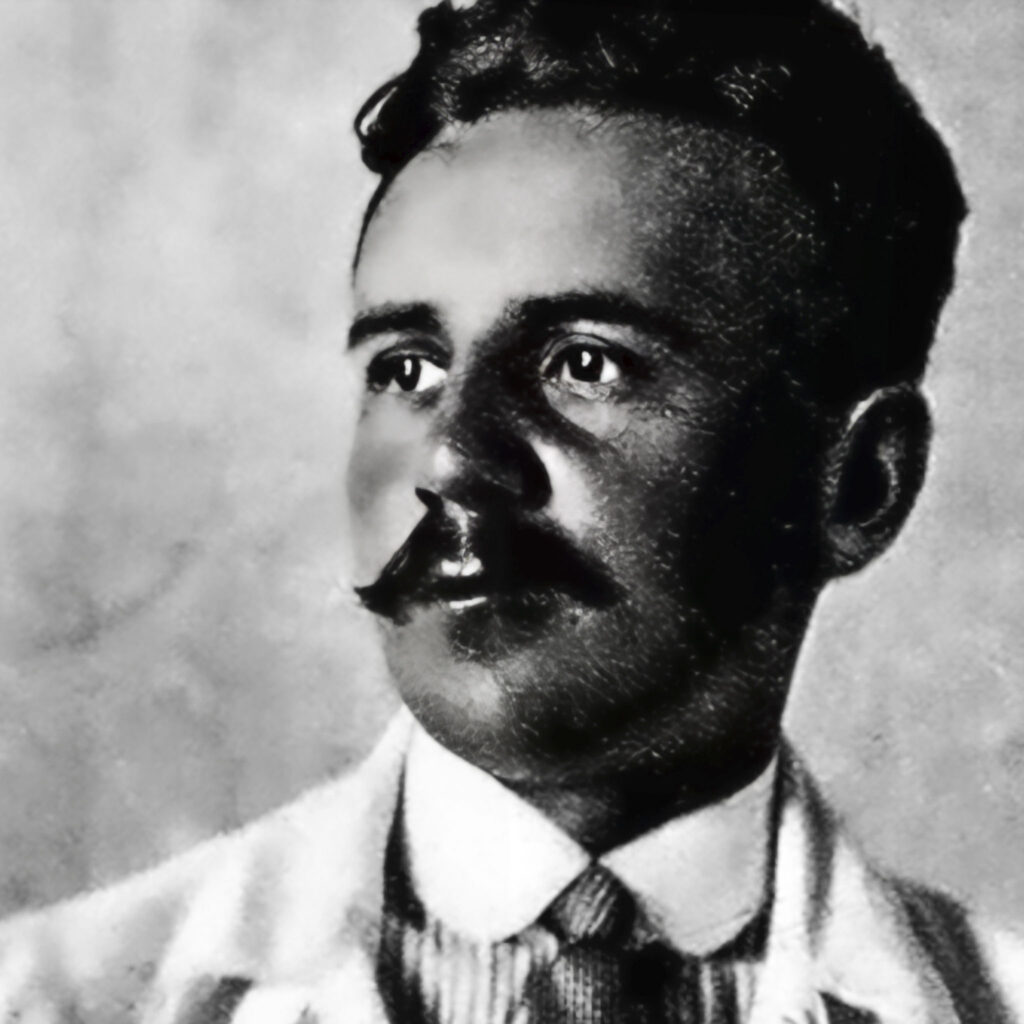
1920-1924
studied architecture, civil engineering, and ship construction at CTU in Prague
1924-1939
architect, designer, and stage designer in Prague
1939
emigrated to the USA
1940-1941
lectured at the New School for Social Research in New York
1941-1946
lectured at the California Institute of Technology
1946-1950
lectured at Syracuse University
Significant Works
1924-1938
stage designs for prominent Czech theatres
1932
house of Marie and Emanuel Lisý (in cooperation with Evžen Linhart), Baba, Praha-Dejvice
1935
Czechoslovak Pavilion at the World Exhibition in Brussels
